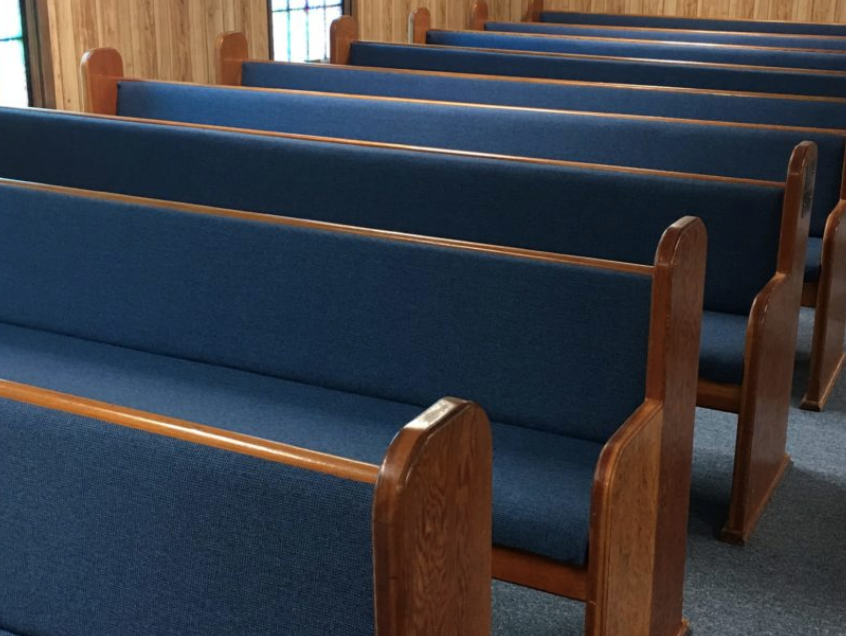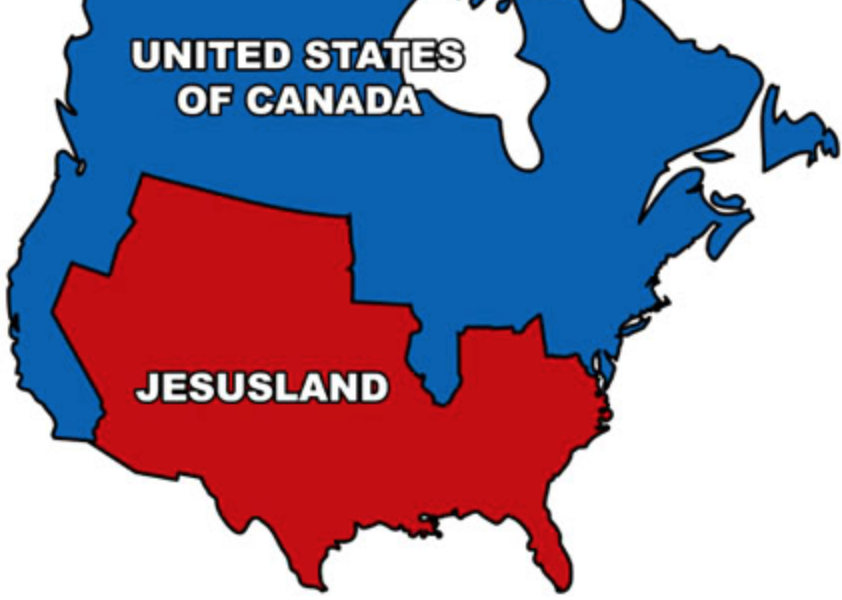If you walked into my Mainline Protestant church last weekend, you would be struck by several things.
The first is how few people are in the pews each Sunday. We are lucky to get to double digits many weeks. The second is how few men there are among the faithful. An average Sunday may have eight women and four men. There have been weeks where there are two men.
I say this without a sense of exaggeration: if our church didn’t have women take over leadership roles, we wouldn’t exist right now. They are backbone of our congregation.
For many years, the conventional wisdom has been that women are just more religious than men. A Pew study looked at religiosity around the world and found exactly that, “Women are generally more religious than men, particularly among Christians.”
Pew has a very nice summary of some of the possible reasons for the gender gap in Chapter 7 of their report. The Pew team notes a mixture of explanations that are both genetic and environmental which drive women to seek out religious community. It’s likely a highly complicated mix of a variety of factors that don’t work the same for every person.
But recent data from the Cooperative Election Study may be casting some serious doubts on that long held assumption about religion and gender in the United States. Let’s start with the graph that launched this entire investigation.
This is the share of women and men who identify as atheist, agnostic or nothing in particular based on birth year. I am showing you every election year in the CES because the sample size is particularly large during those collection periods.1
Notice anything?










